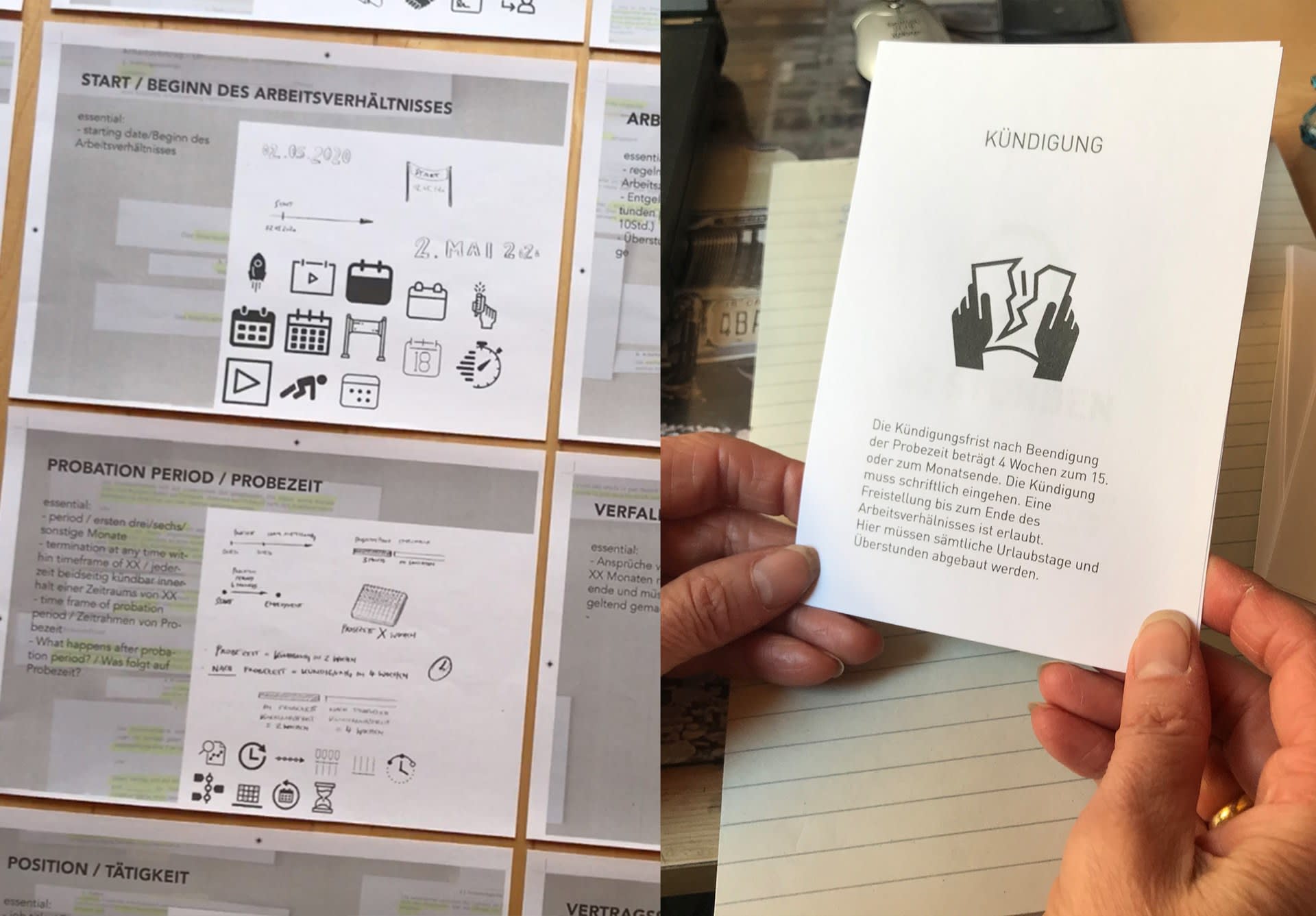Trained as an industrial designer in Munich, Thomas is driven by endless curiosity to uncover unseen opportunities and develop compelling solutions that are not only good for people, but also for the planet. He is a strong team player and collaborator working with interdisciplinary teams across the most different sectors and industries. This led him to develop projects in UI, UX, product, architectural, service and brand design across many different industries ranging from furniture design to space technologies.
Thomas co-founded Icenine, with which he won a place in the DICA accelerator. Accordingly, the experience and fascination of developing new concepts and successfully bringing them to market-led Thomas to pursue a double Master’s degree in Innovation Design Engineering at the Royal College of Art and Imperial College London.
Thomas’ work has been recognised in multiple awards and featured in various magazines including Dezeen, Yanko Design and designboom.



![[untitled]](https://res.cloudinary.com/rca2020/image/upload/f_auto,h_1337,w_1920,c_fill,g_auto,q_auto/v1/rca2021/60c5256da98c7847e506d5bf-512468?_a=AXAH4S10)




